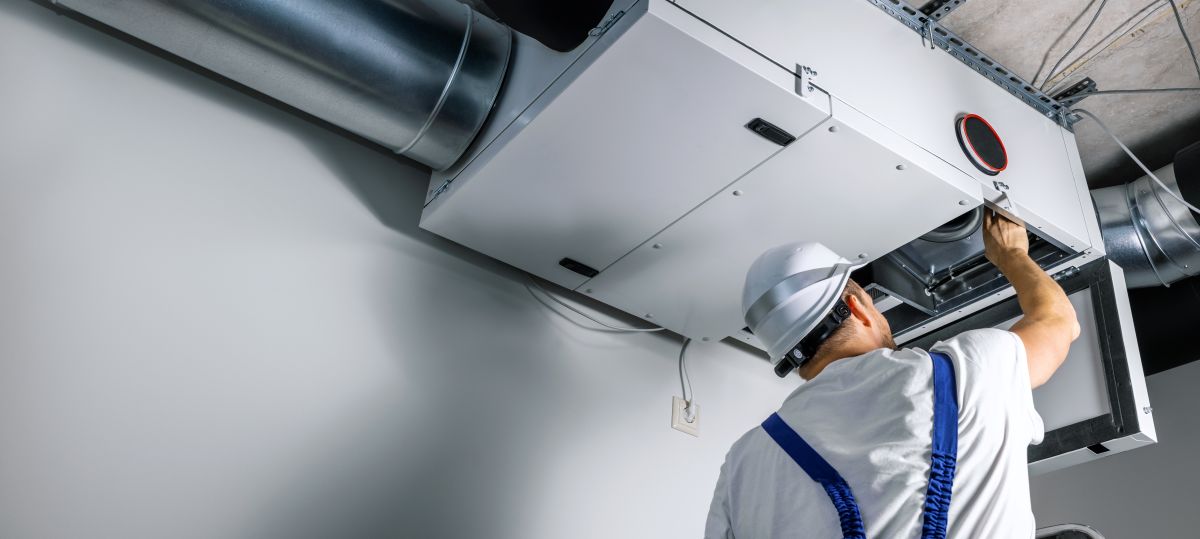What’s a Rich Text element?
The rich text element allows you to create and format headings, paragraphs, blockquotes, images, and video all in one place instead of having to add and format them individually. Just double-click and easily create content.
Static and dynamic content editing
A rich text element can be used with static or dynamic content. For static content, just drop it into any page and begin editing. For dynamic content, add a rich text field to any collection and then connect a rich text element to that field in the settings panel. Voila!
How to customize formatting for each rich text
Headings, paragraphs, blockquotes, figures, images, and figure captions can all be styled after a class is added to the rich text element using the "When inside of" nested selector system.
- This is a list item
- Another list item
- Numbered item
- Another numbered item
Some link
The management and execution of biomed work orders stand out as a highly specialized and critical component of hospital operations. Unlike traditional work orders, which might deal with straightforward tasks such as maintenance or inventory control, biomed work orders encompass a wide range of activities related to the maintenance, repair, calibration, and safety checks of medical equipment and devices. The goal is to prevent equipment failure before it occurs, through regular maintenance and predictive analytics. This proactive approach requires a sophisticated understanding of each piece of equipment's lifecycle, usage patterns, and common failure modes. As a biomedical engineer, choosing the right biomed work order system is a pivotal decision that impacts not only the operational efficiency of a hospital but also its ability to deliver high-quality patient care. How do you choose a biomed work order system to keep everything in order?
The Critical Nature of Medical Equipment
At the heart of the specialization of biomed work orders is the critical nature of the equipment involved. Medical devices, ranging from life-support machines to diagnostic imaging systems, are not only expensive but also vital to patient care. A malfunctioning piece of equipment can delay diagnosis, interrupt treatments, or even put patients' lives at risk. This high stake environment requires healthcare engineers and facility managers to prioritize work orders based on the potential impact on patient care, a factor less prevalent in other industries where equipment downtime might not have life-or-death implications. The technical complexity of modern medical equipment further differentiates biomed work orders.
Regulatory Compliance and Standards
Another layer of complexity in managing biomed work orders is the stringent regulatory environment. Healthcare facilities must adhere to numerous standards and regulations, such as those set by the CMS and other local and international bodies. These regulations mandate regular maintenance, calibration, and documentation of medical equipment to ensure safety and efficacy. Compliance is not optional; it's a critical aspect of healthcare operations, requiring specialized knowledge and meticulous attention to detail in work order management.
Key Aspects of a Biomed Work Order System
Intuitive User Interface
The UI should be easy to navigate, allowing users to quickly enter and access work orders, view maintenance schedules, and update equipment records without extensive training. This ease of use is vital for ensuring that all staff members, regardless of their tech-savviness, can efficiently use the system, thus preventing any delays in equipment maintenance or repair that could affect patient care.
Real-time Access
The ability to access the biomed work order system in real-time from any location is indispensable. Mobile compatibility allows engineers and technicians to update work orders on the go, check schedules, and access critical equipment information from anywhere in the hospital.
Customizable Workflows
Every hospital has its unique set of processes and protocols. A biomed work order system that offers customizable workflows can adapt to these specific needs, allowing for the automation of routine tasks, prioritization of work orders based on urgency or equipment criticality, and efficient allocation of resources. Customizable workflows ensure that the system enhances existing processes rather than forcing changes that may not align with the hospital's operational dynamics.
Comprehensive Equipment Database
An effective system must include a comprehensive equipment database that provides detailed records of all hospital equipment, including purchase dates, warranty information, service history, and maintenance schedules. This database should be easily searchable and updateable, enabling quick decision-making regarding equipment repairs, replacements, and maintenance planning.
Integrated Inventory Management
The integration of inventory management within the biomed work order system streamlines the process of tracking spare parts and supplies. It enables timely reordering and minimizes equipment downtime due to unavailable parts. An integrated approach ensures that inventory levels are automatically updated as parts are used, providing a real-time view of available resources.
Scalability
The chosen biomed work order system must be scalable. It should be capable of handling an increasing number of work orders, accommodate new equipment types, and integrate with other hospital systems (such as EMR/EHR systems) without significant overhauls. Scalability ensures that the investment in a work order system continues to pay dividends even as the hospital's needs change.
Analytics and Reporting Capabilities
A biomed work order system with robust analytics and reporting capabilities can provide invaluable insights into equipment usage patterns, maintenance costs, and downtime impacts. These insights can guide strategic decisions regarding equipment procurement, preventive maintenance schedules, and resource allocation.
Vendor Support and Training
The reliability of vendor support and the availability of comprehensive training programs are critical factors in the successful implementation and ongoing use of a biomed work order system. A responsive vendor can help quickly resolve any issues that arise, minimizing potential disruptions. Additionally, thorough training ensures that all users are proficient in using the system, maximizing its effectiveness.
Security Measures
Given the sensitivity of hospital data, including information about equipment that may be used in patient care, security cannot be overlooked. The chosen system must have robust security measures in place, including data encryption, user authentication protocols, and regular security updates to protect against unauthorized access and data breaches.
Biomed work orders represent a unique and complex aspect of healthcare management. The specialized nature of biomed work orders underscores the intricate balance between technology, healthcare, and patient welfare. The right system will streamline operations, enhance equipment reliability, and, most importantly, support the delivery of exceptional patient care.
Key aspects of a biomed work order system & how to choose for your facility










.svg)














.svg)






.svg)
.svg)
.png)